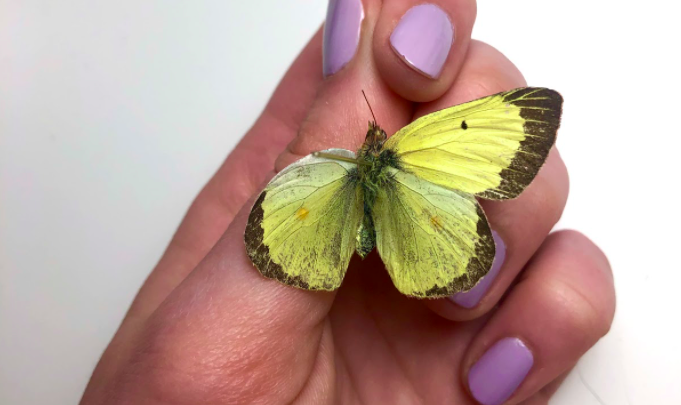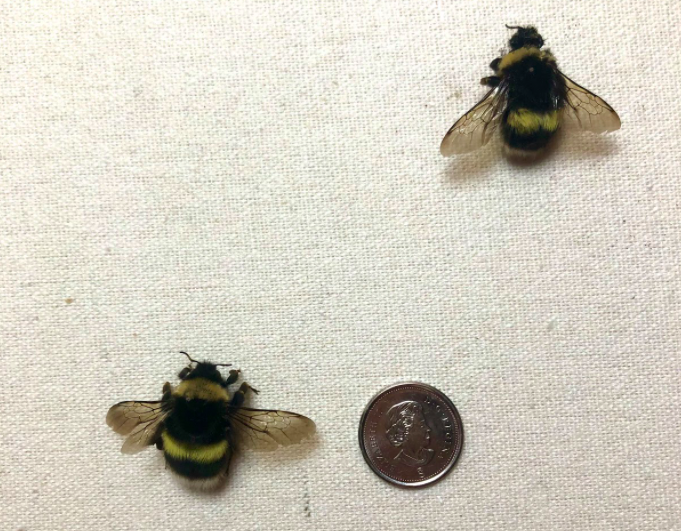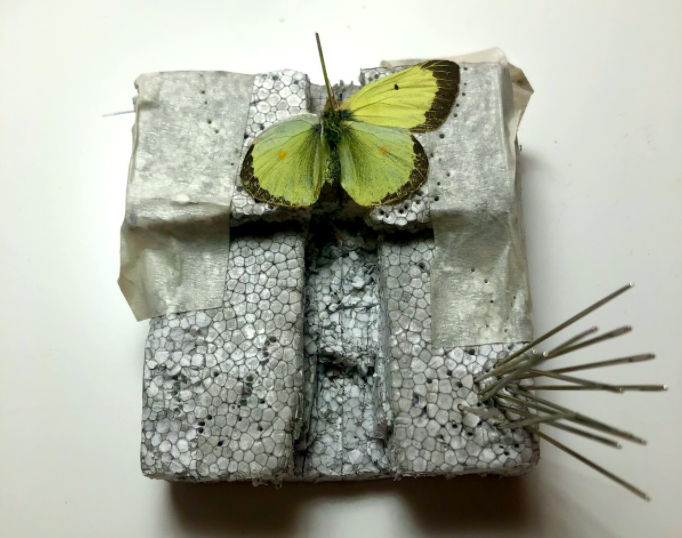The Hobby Hole: Insect pinning
This non-traditional hobby can help you better appreciate nature.
 Sara Sierko
Sara SierkoLike many people, I too picked up a hobby during the pandemic. However, (and maybe this is a reflection of my descent into quarantine induced madness) I chose insect pinning.
My curiosity started after watching a TikTok tutorial on butterfly pinning, and being the animal nerd that I am, I had to do it.
Finding an ethically sourced, unmounted butterfly seller took me to a side of the internet I didn’t know existed, and boy was it sketchy. From websites that looked like they were from the birth of the internet to Etsy accounts stating that their butterflies all died naturally in their home garden, I quickly became overwhelmed.
Lots of sites said that they were butterfly farms that raise butterflies for conservation efforts, releasing native species into the wild to boost local populations while selling dead ones to insect enthusiasts like myself. This seemed like a great eco-friendly option, however there were no receipts.
I was left to decide between buying unmounted butterflies from a website that claimed to be ethically sourced and potentially fuelling the decline of global butterfly populations, or waiting patiently to find a specimen in the good old outdoors.
For obvious reasons, I chose the latter. The last thing my quarantine needed was the ghosts of poached butterflies haunting my nightmares.

Luckily for me, I started coming across dead bumblebees while walking my dog in August. After doing some research, I found that the bumblebee species I was seeing dies naturally at the end of August. However, judging by their completely intact wings — bumblebees’ wings deteriorate as they age — the bees I came across probably died prematurely from either pesticides or dehydration.
With my new specimens, I could finally start the pinning process!
You need common household items to pin insects: needles (the shorter and sharper the better!), 70 per cent alcohol, dish soap, a clean eyelash spoolie brush, tweezers, paper towels, a Tupperware container, a foam or cork board, parchment paper, and your specimen.
The first thing you need to do is disinfect your specimen by letting it sit in the alcohol for 10 minutes, then swirling it in soapy water. Next, clean off any pollen or nectar with the tweezers and spoolie. Always be mindful of stingers!
Rehydrate the insect by sandwiching the bug with a damp paper towel in a Tupperware container and setting it in the fridge for one to two days.
Now comes the fun part: pinning! This step requires a steady hand. If you ever wanted an excuse to practice being a neurosurgeon, this hobby is just for you!

After piercing a needle through the thorax, set the wings in place by gently folding them with parchment paper so that they lie flat on your board. Pin the paper in place using your needles.
Once you’ve pinned your insect, you will need to let it sit and dehydrate for three days, and ta-da! You’re an insect pinning champ!
I’m still not too great at pinning and I accidentally broke a wing and a head, but hey, that’s what super glue is for, am I right?
Picking up insect pinning as a hobby not only brought me out of my quarantine blues, but it allowed me to celebrate Alberta’s insect diversity and better appreciate the beauty found in nature.




